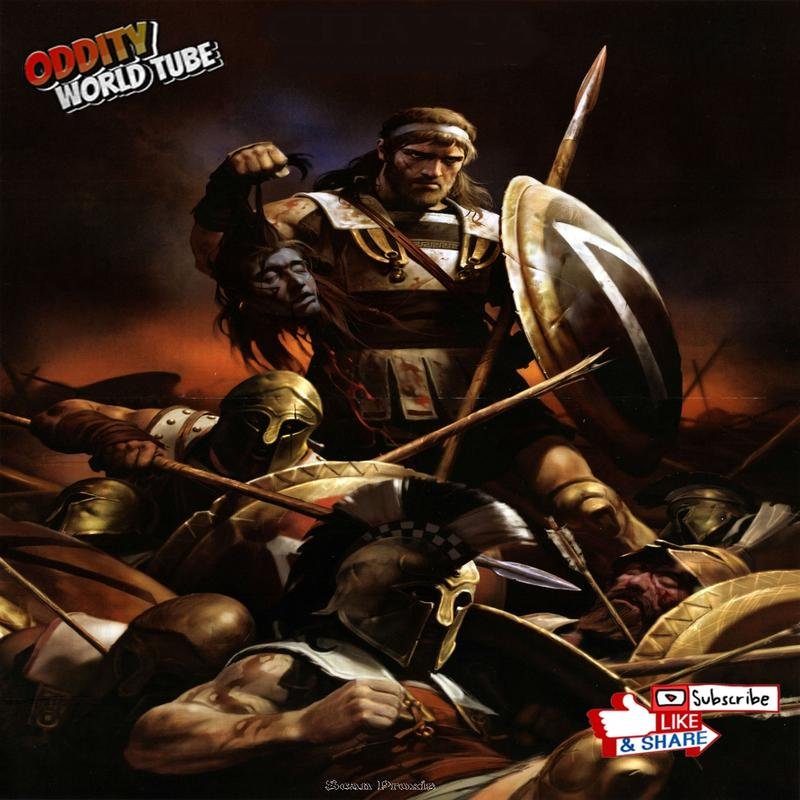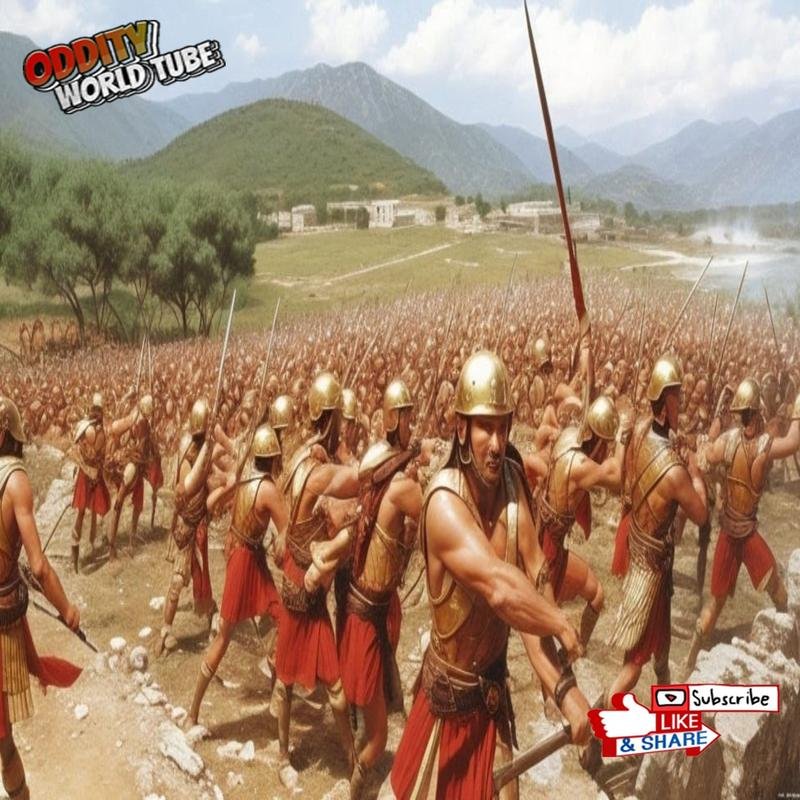The Battle of Thermopylae: A Stunning Reality? #History #Greece #War

Thermopylae: Fact vs. Legend of Leonidas’ Stand
Does the historical narrative of the Battle of Thermopylae accurately reflect the events of 480 BC, or has legend overshadowed fact? While the battle remains a potent symbol of heroic sacrifice and resistance against tyranny, a critical examination is warranted. Was it a decisive victory, or a strategically significant, albeit ultimately unsuccessful, defense?
A Closer Look at the Battle
A small Greek force, significantly smaller than popular accounts suggest, confronted a vastly superior Persian army. Estimates of the Persian army’s size, often cited as exceeding one million, are now considered by historians to be greatly exaggerated, with more plausible figures ranging closer to three hundred thousand. King Leonidas’s three hundred Spartans, an iconic image of unwavering defiance, were far from alone. They were supported by thousands of soldiers from other Greek city-states, including Thebes and Thespiae.
The Three-Day Stand
The three-day battle was a testament to the Greeks’ unwavering courage in the face of overwhelming odds. However, the battle ultimately resulted in a Greek defeat, precipitated by the alleged treachery of Ephialtes, who revealed a secret mountain path to the Persians, allowing them to outflank the Greek position. The Spartans’ refusal to retreat, dictated by their unwavering code of honor and commitment to their homeland, resulted in their heroic, yet tragic, demise.
Was Leonidas’ Sacrifice Futile?
The question of whether Leonidas’s sacrifice was futile remains a subject of debate. While resulting in a tactical defeat, the stand at Thermopylae arguably bought crucial time, allowing the Greeks to prepare for subsequent engagements. The decisive naval victory at Salamis, which effectively ended the Persian invasion of Greece, supports this assertion.
Thermopylae’s Enduring Legacy
Therefore, while not a military victory in the strictest sense, Thermopylae’s symbolic significance is undeniable. It has become an enduring emblem of resistance, courage, and self-sacrifice, inspiring generations. Contemporary historical scholarship continues to refine our understanding of the battle, separating verifiable evidence from the embellishments of legend. Emerging evidence suggests that logistical challenges, particularly supply issues, hampered the Persian advance, potentially contributing to the delay that benefited the Greeks.
The enduring impact of Thermopylae on Western culture is evident in its pervasive presence in literature, art, and cinema. The film *300*, while contributing to the battle’s popular appeal, is often criticized for its stylized depiction of events, prioritizing dramatic spectacle over historical accuracy.
Leonidas himself, while a figure of unwavering loyalty and bravery, was a complex leader whose actions were rooted in the Spartan ethos of state strength.
Conclusion
The Battle of Thermopylae remains a compelling narrative of heroism, betrayal, and sacrifice. Its enduring legacy lies not solely in its military outcome, but in its enduring representation of human resilience, unwavering commitment, and the ultimate sacrifice for ideals. This enduring power is the true measure of Thermopylae’s significance.








